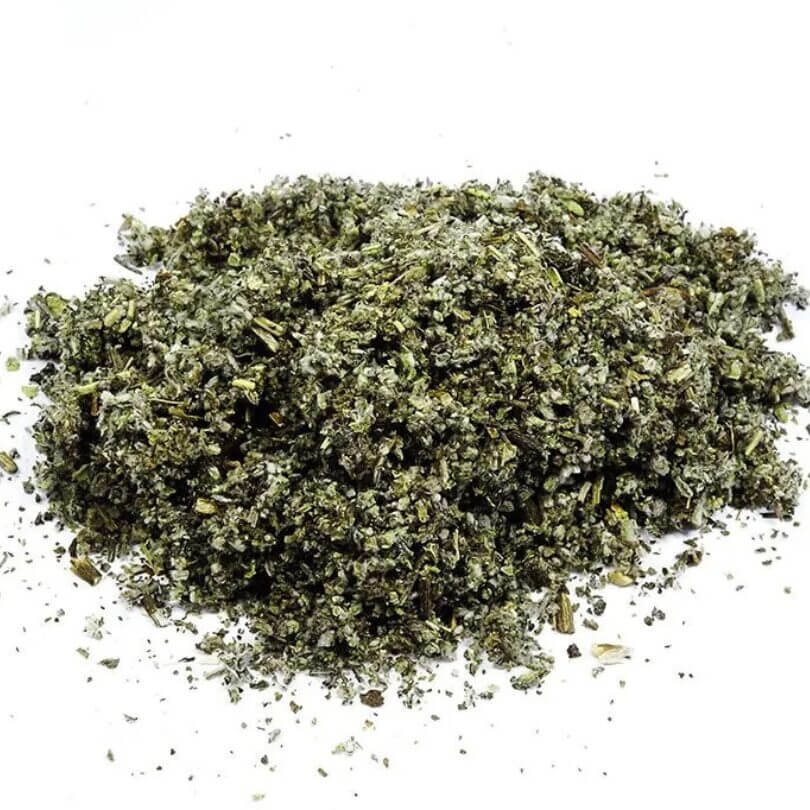
Salvia divinorum, often referred to simply as “salvia,” is a plant native to the cloud forests of Oaxaca, Mexico. While it may appear unremarkable at first glance—green leaves, square stems, and purple-tinged flowers—salvia carries a powerful psychoactive compound that has attracted the attention of researchers, recreational users, and health professionals alike. Known for its intense and short-lived hallucinogenic effects, the salvia drug presents unique challenges when it comes to understanding its role in substance use and mental health.
Although it has a long history of ceremonial use by Mazatec shamans, salvia has recently become more accessible through online markets and head shops, raising concerns over its impact—especially among adolescents and young adults. The rise in recreational use and online videos showcasing salvia simulation experiences has prompted new discussions around its safety and regulation.
Salvia Characteristics: Understanding the Plant
Salvia divinorum is a member of the mint family, Lamiaceae. It grows primarily in shaded, moist environments and can reach heights of three feet or more. The plant has the square stems typical of mint plants, with large, ovate leaves that may appear slightly fuzzy. Its flowers are delicate and usually violet or purplish, with white markings on the petals.
What makes salvia unique among plants is the presence of a naturally occurring chemical compound called salvinorin A. This molecule is the most potent naturally occurring hallucinogen currently known. Unlike other psychoactive substances that interact with serotonin receptors, salvinorin A targets the kappa-opioid receptor in the brain. This unusual mechanism contributes to its unpredictable and often intense effects.
The plant has traditionally been propagated through cuttings rather than seeds, and for centuries, it was used in Mazatec spiritual ceremonies for divination and healing.
Salvia As a Drug: How It’s Used
Salvia is most commonly consumed by smoking dried leaves or extracts, though it can also be chewed (a method more consistent with its traditional use). When smoked, the effects come on rapidly—within seconds—and typically last for five to fifteen minutes. Some users report lingering sensations for up to an hour.
The rapid onset and brevity of its effects make salvia appealing to those seeking a short-lived psychedelic experience. However, this also increases the risk of sudden, disorienting episodes that can lead to accidental injury.The strength of salvia varies depending on the preparation. Dried leaves tend to be milder, while standardized extracts can be many times more potent. Higher doses are significantly more likely to trigger overwhelming or frightening experiences.
Salvia Simulation Experiences
“Salvia simulation” videos and written trip reports often circulate online, providing insight into the plant’s effects. These portrayals—whether exaggerated or authentic—tend to describe experiences that are vastly different from those caused by more well-known hallucinogens like LSD or psilocybin.
Users often describe intense shifts in perception, including:
- Detachment from the body or sense of self
- Vivid visual hallucinations, such as seeing patterns, people, or objects that aren’t there
- Altered perception of time and space
- Feelings of being transported to another dimension
- Uncontrollable laughter or physical movements
Some people also report dysphoria, confusion, or paranoia, especially when using potent extracts or higher doses. Because the experience can be so disorienting, users are at risk of falling or injuring themselves during the effects.
Despite its legal status in many states, salvia is not considered a “safe” hallucinogen. The lack of regulation, the variability in potency, and the high potential for psychological distress make it a substance that demands greater caution and understanding.
The Risks of Salvia Use
Although salvia doesn’t appear to be physically addictive, its psychological effects and potential for harm are real. Adolescents and young adults may be especially drawn to salvia due to its legal status and portrayal in popular media. This can lead to risky experimentation without a full understanding of its impact.
Some of the reported risks include:
- Acute anxiety or panic attacks
- Accidental injury due to impaired coordination or awareness
- Worsening of underlying mental health issues
- Development of lasting psychological distress or trauma from a “bad trip”
Unlike substances like alcohol or opioids, salvia is less likely to lead to chronic use. However, repeated use—especially as a form of escapism or coping—may signal underlying emotional or psychological challenges that deserve attention.
Treatment and Support for Substance Use
While salvia may not be among the most commonly treated substances in addiction care, its use can reflect broader patterns of experimentation, psychological distress, or self-medication. At Ashley Addiction Treatment, we understand that substance use takes many forms and that recovery must address the whole person—mind, body, and spirit.
Whether someone is struggling with a hallucinogen, opioids, alcohol, or another substance, our team is here to provide compassionate, evidence-based care tailored to individual needs. From our Main Campus in Havre de Grace to outpatient services in Bel Air and community-based support through The Clubhouse by Ashley, we meet individuals where they are in their journey.If you or someone you care about is exploring substances like salvia and needs support, you can begin by reaching out to us. Our admissions team is ready to listen and help guide the next steps toward healing. You can also visit our Admissions Inquiry page to connect with us complete confidentially.




